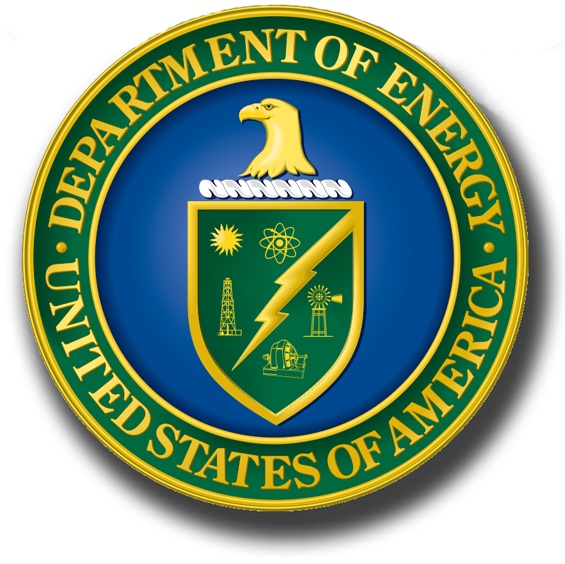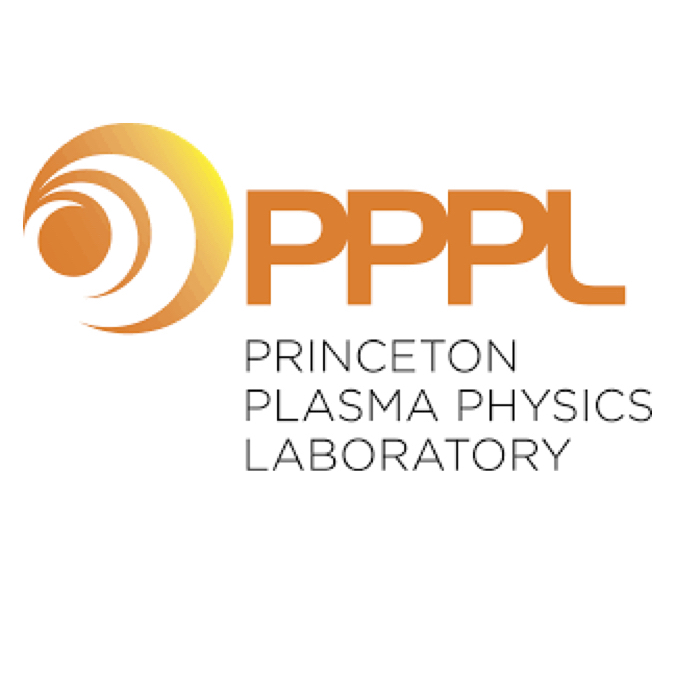Model-based Scenario Control in EAST by Leveraging COTSIM’s Prediction Capabilities
Z. Wang, E. Schuster, T. Rafiq, Y. Huang, Z. Luo, Q. Yuan, J. Barr
33rd Symposium on Fusion Technology (SOFT)
Dublin, Ireland, September 22-27, 2024
The Control Oriented Transport SIMulator (COTSIM) is a fast and modular
code that can now predict the evolutions of both the equilibrium and the
internal profiles in EAST. COTSIM is based on Matlab/Simulink®, which
makes it control-design friendly and suitable for iterative control design.
Applications include pulse design, feedforward scenario optimization,
feedback-control testing before implementation, and real-time estimation
and optimzation. The prediction accuracy for EAST has been enhanced while
maintaining computational efficiency through the integration of neural-network-based
surrogate models of the Multi-Mode Anomalous Transport Module (MMM),
GENRAY/CQL3D (Lower Hybrid Wave (LHW)) and NUBEAM (Neutral Beam Injection (NBI)).
Moreover, the transport solver has been coupled with both fixed-boundary
and free-boundary equilibrium solvers. In this study, model-based, optimal,
feedback, scenario controllers have been developed and tested in COTSIM
simulations. These controllers aim to simultaneously regulate a combination
of plasma properties that are crucial for achieving advanced tokamak scenarios,
such as the safety factor (q) at different spatial locations, plasma internal
energy (W), normalized beta (βN), and internal inductance (li). To further
validate these control algorithms, which actuate the plasma current, the
plasma density, the low-frequency (2.45 GHz) and high-frequency (4.60 GHz)
LHW powers, and the individual NBI powers, experimental testing has been
recently conducted on EAST. Both simulation and experimental results demonstrate
effective regulation of the selected scenario-defining plasma properties.
*Supported by the US DOE under DE-SC0010537.







